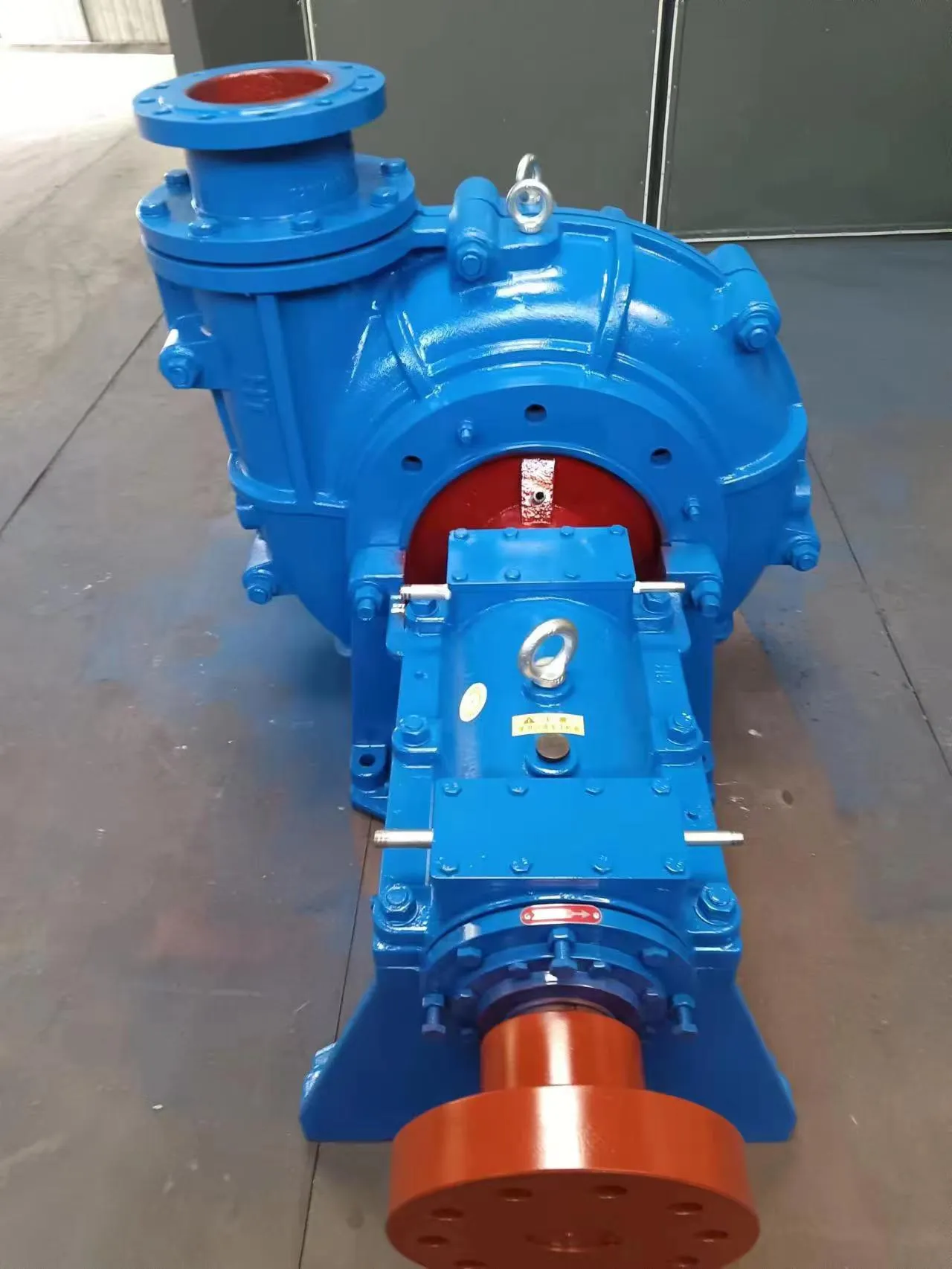Amharic
- Afrikaans
- Albanian
- Amharic
- Arabic
- Armenian
- Azerbaijani
- Basque
- Belarusian
- Bengali
- Bosnian
- Bulgarian
- Catalan
- Cebuano
- Corsican
- Croatian
- Czech
- Danish
- Dutch
- English
- Esperanto
- Estonian
- Finnish
- French
- Frisian
- Galician
- Georgian
- German
- Greek
- Gujarati
- Haitian Creole
- hausa
- hawaiian
- Hebrew
- Hindi
- Miao
- Hungarian
- Icelandic
- igbo
- Indonesian
- irish
- Italian
- Japanese
- Javanese
- Kannada
- kazakh
- Khmer
- Rwandese
- Korean
- Kurdish
- Kyrgyz
- Lao
- Latin
- Latvian
- Lithuanian
- Luxembourgish
- Macedonian
- Malgashi
- Malay
- Malayalam
- Maltese
- Maori
- Marathi
- Mongolian
- Myanmar
- Nepali
- Norwegian
- Norwegian
- Occitan
- Pashto
- Persian
- Polish
- Portuguese
- Punjabi
- Romanian
- Russian
- Samoan
- Scottish Gaelic
- Serbian
- Sesotho
- Shona
- Sindhi
- Sinhala
- Slovak
- Slovenian
- Somali
- Spanish
- Sundanese
- Swahili
- Swedish
- Tagalog
- Tajik
- Tamil
- Tatar
- Telugu
- Thai
- Turkish
- Turkmen
- Ukrainian
- Urdu
- Uighur
- Uzbek
- Vietnamese
- Welsh
- Bantu
- Yiddish
- Yoruba
- Zulu
Telephone: +86 13120555503
Email: frank@cypump.com
ኅዳር . 14, 2024 16:56 Back to list
slurry pump
Understanding Slurry Pumps An Essential Tool in Heavy Industries
Slurry pumps are specialized types of pumps designed to transport abrasive and viscous materials in various industrial applications. These pumps are particularly prevalent in sectors such as mining, construction, wastewater treatment, and chemical processing, where the movement of slurries—mixtures of solid particles and liquids—is a common necessity.
What is a Slurry?
A slurry is a mixture consisting of solid particles suspended in a liquid, which can vary in consistency and composition. Typical examples of slurries include cement mixtures, mineral ores, and sludge from wastewater treatment plants. Handling these materials requires a robust pumping solution capable of managing high solid concentrations without clogging or degrading over time.
Advantages of Slurry Pumps
1. Durability Slurry pumps are built to withstand the harsh conditions often encountered in heavy industries. They are typically constructed from high-quality materials that resist wear and corrosion, such as chrome alloys or rubber linings. This durability ensures a long operational life, reducing the need for frequent replacements.
2. Efficient Handling of Abrasives The primary function of a slurry pump is to move abrasive slurries without damage. These pumps employ specific design features such as large diameter volutes, oversized impellers, and enhanced sealing technologies to optimize performance and minimize wear.
3. Versatile Applications Slurry pumps are not limited to one type of industry. They are effectively utilized in mining operations for transporting ores and tailings, in construction for transporting aggregates, and in wastewater treatment for moving sludge. Their versatility makes them invaluable in diverse processes.
4. Cost-effectiveness Although the initial investment in slurry pumps may be higher than traditional pumps, their increased efficiency and longevity lead to lower operational costs over time. The reduction in maintenance and replacement expenses often justifies the initial investment.
slurry pump

Types of Slurry Pumps
Slurry pumps come in various designs tailored to specific applications. The two main types are
- Positive Displacement Pumps These pumps move slurry by trapping a fixed amount of material in a chamber and forcing it through the discharge pipe. They are suitable for high viscosity slurries and are known for their ability to handle thick materials.
- Centrifugal Pumps These are the most common type of slurry pumps, using a rotating impeller to create velocity, which propels the slurry. Centrifugal pumps are ideal for lower viscosity slurries and are often employed in industrial processes requiring continuous flow.
Maintenance and Operation
Proper maintenance of slurry pumps is crucial for ensuring optimal performance. Regular inspections, cleaning of screens, and monitoring of pump seals can prevent breakdowns and prolong pump life. Operators should also be trained to recognize signs of wear and potential operational issues to address them promptly.
Conclusion
In summary, slurry pumps play a pivotal role in various industrial sectors, enabling the efficient movement of challenging materials. Their design and functionality make them indispensable for any operation involved in handling slurries. Understanding the types, advantages, and maintenance of slurry pumps ensures that industries can rely on these essential tools for their processing needs, optimizing productivity while minimizing downtime. As industries continue to evolve, the significance of slurry pumps in enhancing operational efficiency and safety will undoubtedly persist.
-
High-Performance Air Pumps for Sand & Gravel | Efficient Transport
NewsAug.03,2025
-
ISG Series Vertical Pipeline Pump - Chi Yuan Pumps Co., LTD.|Energy Efficiency, Corrosion Resistance
NewsAug.03,2025
-
ISG Series Pipeline Pump - Chi Yuan Pumps | Energy Efficiency&Compact Design
NewsAug.03,2025
-
ISG Series Vertical Pipeline Pump - Chi Yuan Pumps Co., LTD.|High Efficiency, Low Noise, Durable
NewsAug.02,2025
-
ISG Series Vertical Pipeline Pump - Chi Yuan Pumps | High Efficiency, Low Noise
NewsAug.02,2025
-
ISG Series Vertical Pipeline Pump- Chi Yuan Pumps Co., LTD.|High Efficiency&Compact Design
NewsAug.02,2025










